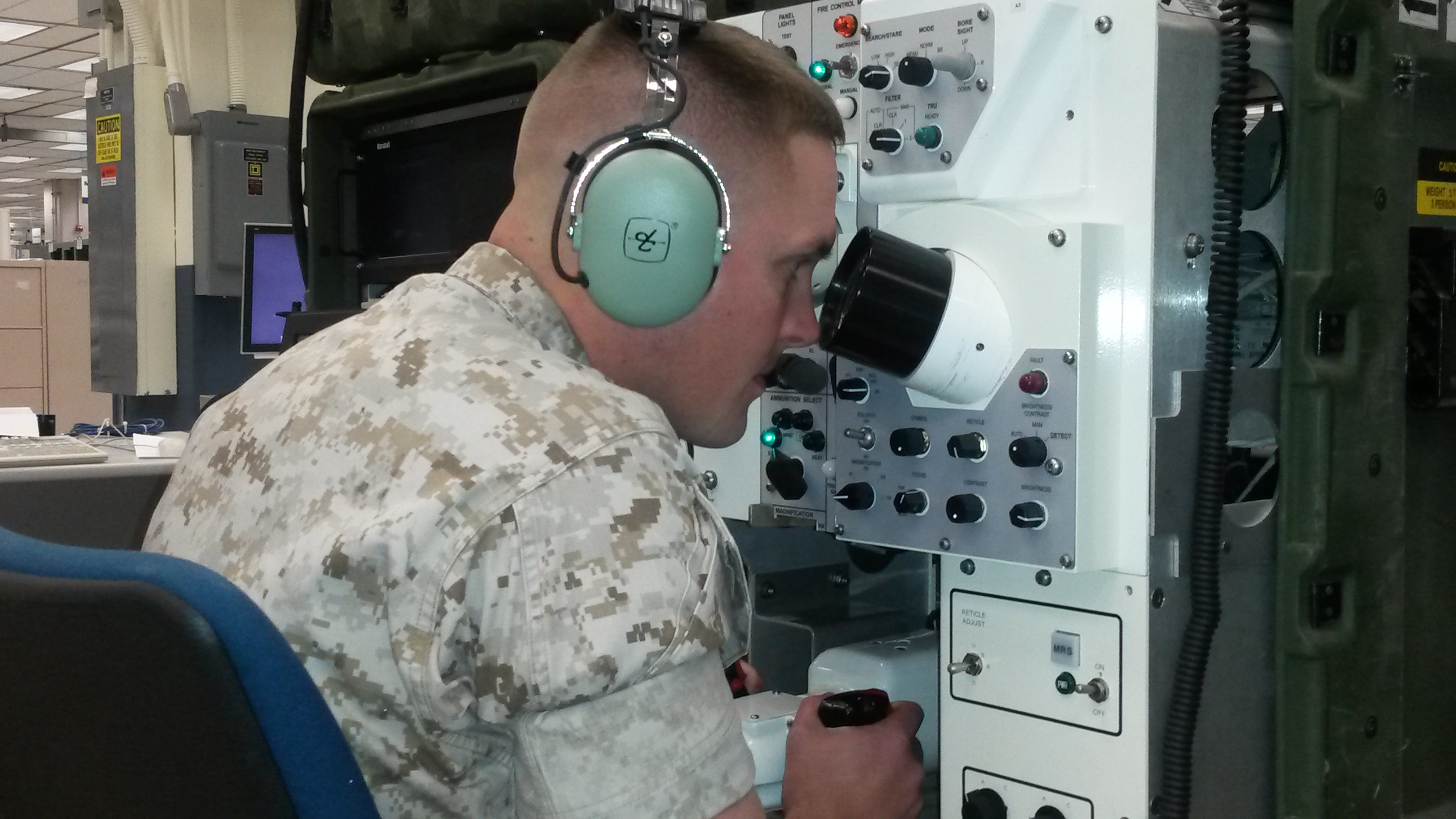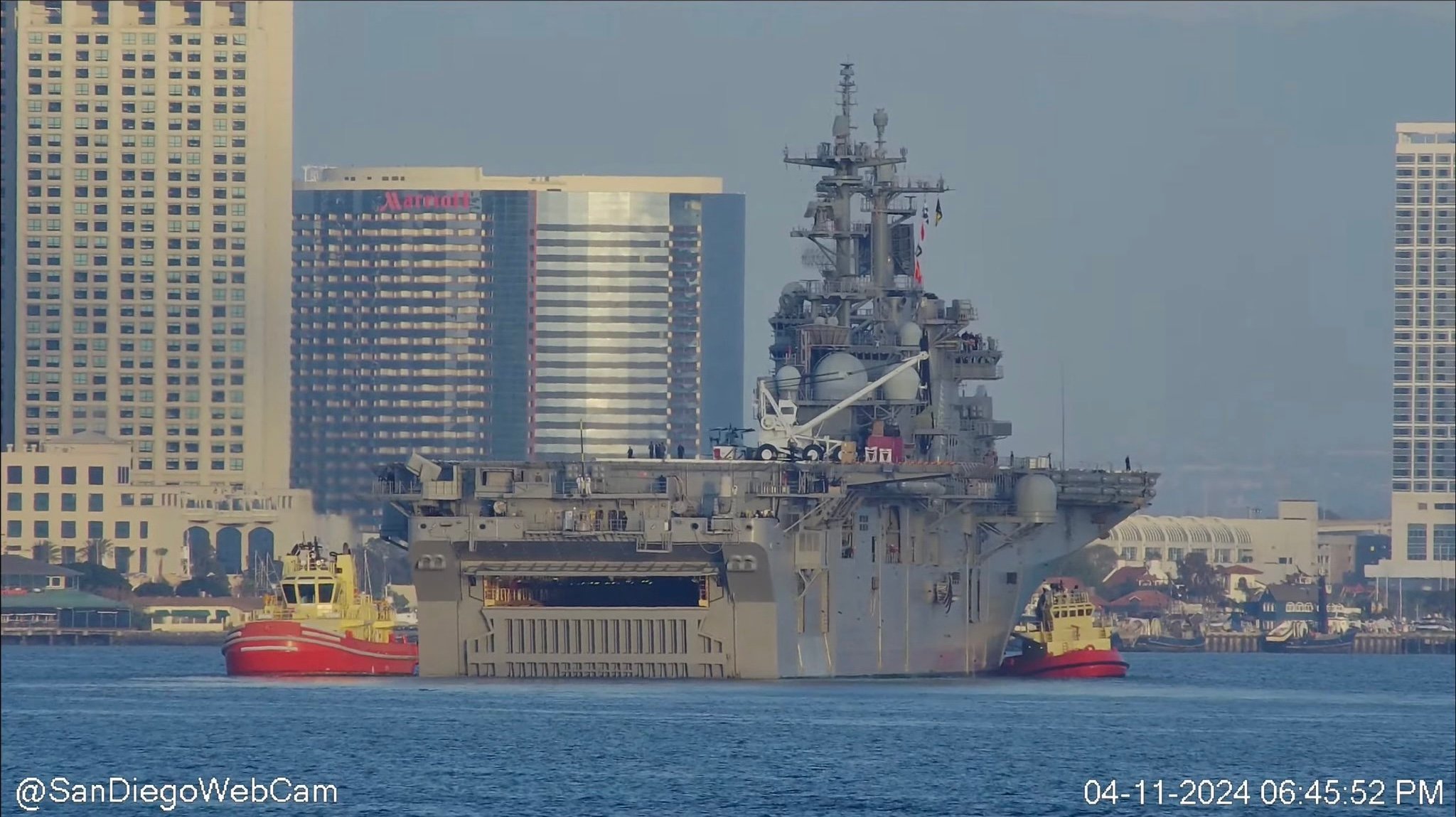
The Navy will explore the use of virtual environments for training, modeling, prototyping and more in the latest step of its innovation drive.
In the seventh naval innovation action memo, Secretary Ray Mabus notes that “virtual and simulated environments offer an unprecedented opportunity for the Department of the Navy (DON) to transform how it connects people, ideas, and information” – as well as to innovate in a lower-risk and lower-cost environment.
Previously, the Navy and Marine Corps have used virtual environments in the areas of training and education, modeling and simulation, integration and interoperability, and rapid prototyping.
Mabus tasked the assistant secretary for manpower and reserve affairs and the assistant secretary of research, development and acquisition to lead an effort to identify where and when virtual environments would be most valuable and to creat a roadmap for the Department of the Navy “that includes the opportunities, risks, and barriers associated with scaling up the use of virtual environments.”
They would also identify centers of excellence within the Department of the Navy, Defense Department and industry and document lessons learned.
The Marine Corps has already started a rigorous examination of its live, virtual and constructive (LVC) training efforts and how to better maximize the benefits of virtual training. The Marine Corps Training and Education Command (TECOM) is in the midst of several efforts to ensure its LVC training capabilities are supporting the right skills and in the right quantities, including a series of Simulation Assessment Working Groups (SAWGs) that will study training and readiness by warfighting function. Throughout the summer, officers will meet at Camp Lejeune to compare Marines’ training needs with the capabilities in their current simulators to see what is working, what they need more of and what needs improvement.
Mabus’ July 7 memo notes that “pertinent findings from the Marine Corps’ Simulation Assessment Working Groups will inform this initiative.”





